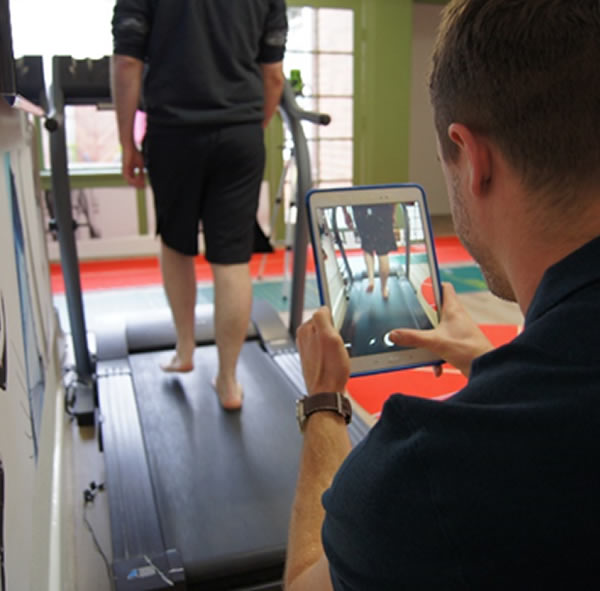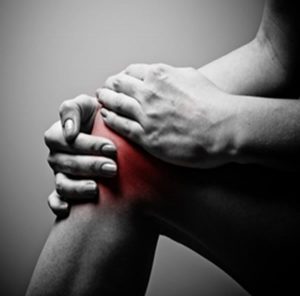
At AMA our sports podiatrists have advanced training to understand the load and forces acting on the musculoskeletal structures of the lower leg, ankle and foot Biomechanics. Musculoskeletal injuries can be quite complex to manage in terms of soft tissue and sporting injuries of the foot, ankle and lower limb conditions. They are trained to provide a management plan to minimize risk, provide a full rehabilitation of the injury and a successful return to sport. We specialize in the diagnosis and management of sporting related injuries.
Sports Podiatrist treat sports injuries
We deliver an accurate diagnosis that includes identifying the site and source of the pain, biomechanical assessment of walking and running gait and dynamic tests to determine the functional behaviour of the injury. We use strapping and paddings to ensure our diagnosis and management strategies are accurate.
We work together as a team to identify the causes and mechanisms of your condition and identify the source of the pain. Therefore, establishing a plan to determine the strategies required to create short and long-term pain resolve and provide an effective treatment plan individually tailored for you.
Functional tests
During your initial patient consultation, we investigate functional testing to determine the biomechanical factors involved in your injury. The testing will comprise a through history, function (assessment of impairment loss), imaging (x-rays ultrasound and MRI scans) and preliminary visual assessment.
Now we have a diagnosis we can identify the cause and mechanisms of your injury, either ACUTE or Chronic and develop a treatment plan that ensures a significant reduction in pain. We can apply modality’s best suited for either immediate pain relief, or through structed rehab. The outcomes of the functional testing provide the framework for your patient treatment plan, and minimization of the risk for further injury.


Walking/Gait Assessment
As part of your assessment we will exam your biomechanics through video gait analysis to understand your gait cycle, movement screening, foot posture. Along with joint range of motion testing,
A significant proportion of sports and exercise related injury is directly attributed to impaired foot function. Your body’s movement, level of competition and physical demands of your sport are also factors used in im-plementing a treatment plan. This may include strengthening exercises, orthotic therapy and footwear assessment as part of your overall musculoskeletal health plan.
Sport injury Classifications
Sports injury classifications can fall into two categories, either Acute sport injuries or Chronic sport injuries.
Acute sport injuries
An acute injury is an injury that occurs suddenly and is usually associated with trauma such as stress fracture, tearing a muscle or bruising. It could be a result of falling or crashing into another player during sports. Generally, if the injury does not resolve within a 12-week period it can become chronic.
Chronic sport injuries
A chronic injury is the result of prolonged, repetitive motion acting on an area of weakness. It is particularly common in endurance sports such as swimming, running and cycling. As such, chronic injuries are often referred to as overuse injuries – injuries resulting from overusing one body area while playing a sport or exercising over a long period. Left untreated it can lead to more serious pathology such as reflex sympathetic dystrophy.
Read more here: Sports Injury Classifications
Many overuse injuries, such as tendonitis or stress fractures, happen over time and often have subtle symptoms. The result can be a delay in diagnosis and treatment, and delays can lead to a more serious our disabling injury.
Sport injury treatment and management
AMA Podiatry see many runners and triathletes who become injured. For many patients a definite diagnosis is the clear goal in helping their recovery process and getting them back to the sport they love. But often many are unsure of what to do and how to act to ensure that fast recovery time. A safe and speedy return to activity following a sports injury depends on early recognition and treatment. The treatment of an acute injury during the first 72 hours is imperative in speeding up its recovery process.
Sports Injury Treatment
By identifying the cause and mechanism of your condition we can target the key areas of weakness and overuse injuries. We have several treatment options available and design management plans to motivate you and return you to peak performance as efficiently as possible. This includes comprehensive advice and strategies to obtain immediate pain reduction, as well as a detailed plan to ensure your return to activity in better form than pre-injury. By working together as a team, we can empower you and provide you with an accurate and effective treatment alongside other practitioners to return you to sport and minimize the risk for further injury.

A safe and speedy return to activity following a sports injury depends on early recognition and treatment. The treatment of an acute injury during the first 72 hours is imperative in speeding up its recovery process. AMA podiatry can assist in advanced treatment options for foot, ankle and knee related injuries, when coupled with either:
Short/Long term Management
Exercise Physiology
Exercise physiology is the practice of delivering musculoskeletal rehabilitation and evidence based clinical exercise prescription and lifestyle modification guidance. The aims of exercise physiology interventions are to prevent or manage acute, sub- acute or chronic injuries, and assist in restoring one’s optimal physical function, health and wellness.
We do this by providing clinically tailored exercise programs appropriate for your needs and current physical condition.
Chronic injury Management
In the case of chronic injuries, most athletes aren’t educated on why the injury keeps occurring, or why the painful symptoms haven’t yet ceased. That is why it is important to discuss options, biomechanical assessment, joint range movement tests, muscle strength testing and postural abnormalities.
When we work towards a long-term sustainable treatment plan education can explain why the injury occurred and how it can be addressed in the future therefore offering a sustainable outcome and better facilitate self-management of your chronic condition.
Long term management
Poor movement habits cause and/or exacerbate wear and tear on the musculoskeletal system and may cause joint degradation. Improvement of movement quality not only assists the body in healing, it improves performance.
Our programs focus on improving how you move, via the development of a specific treatment plan, based on findings in your initial biomechanical assessment, medical history, posture and body alignment.
Whether you are looking to Return to Work/Sport/ Life following an injury or better manage a chronic condition/long term injury, we take the time to identify, research and then diagnose your condition. We work together as a team to empower you, provide you with understanding and identify the causes and mechanisms of your condition. Therefore, establishing an accurate and effective treatment plan individually tailored for you.
More Information or Make a Booking
For more information on how we can help you, please call us on 9576 9495 or complete our enquiry form: Enquiry Form
